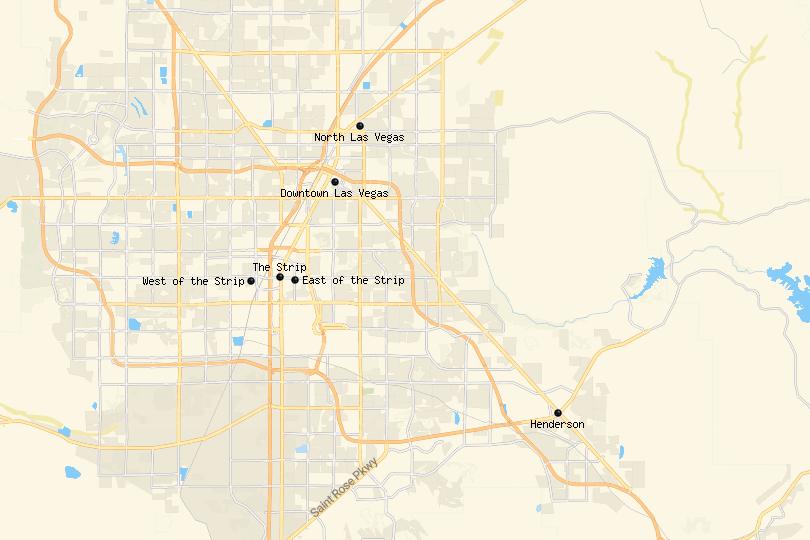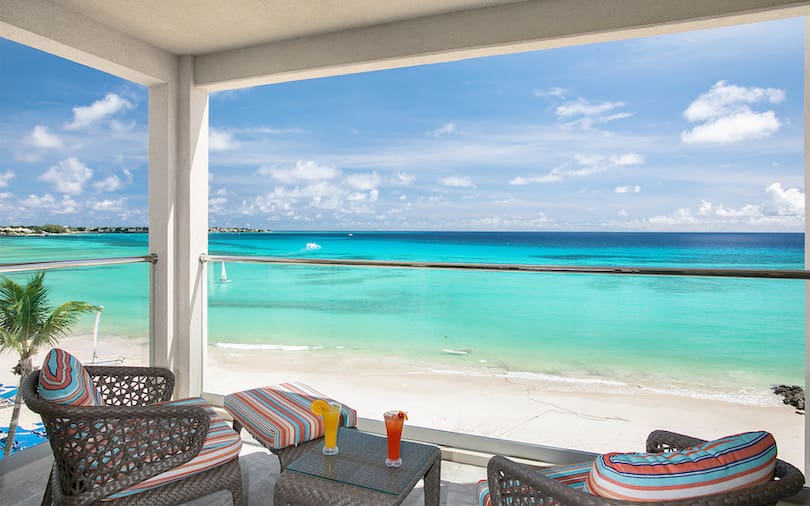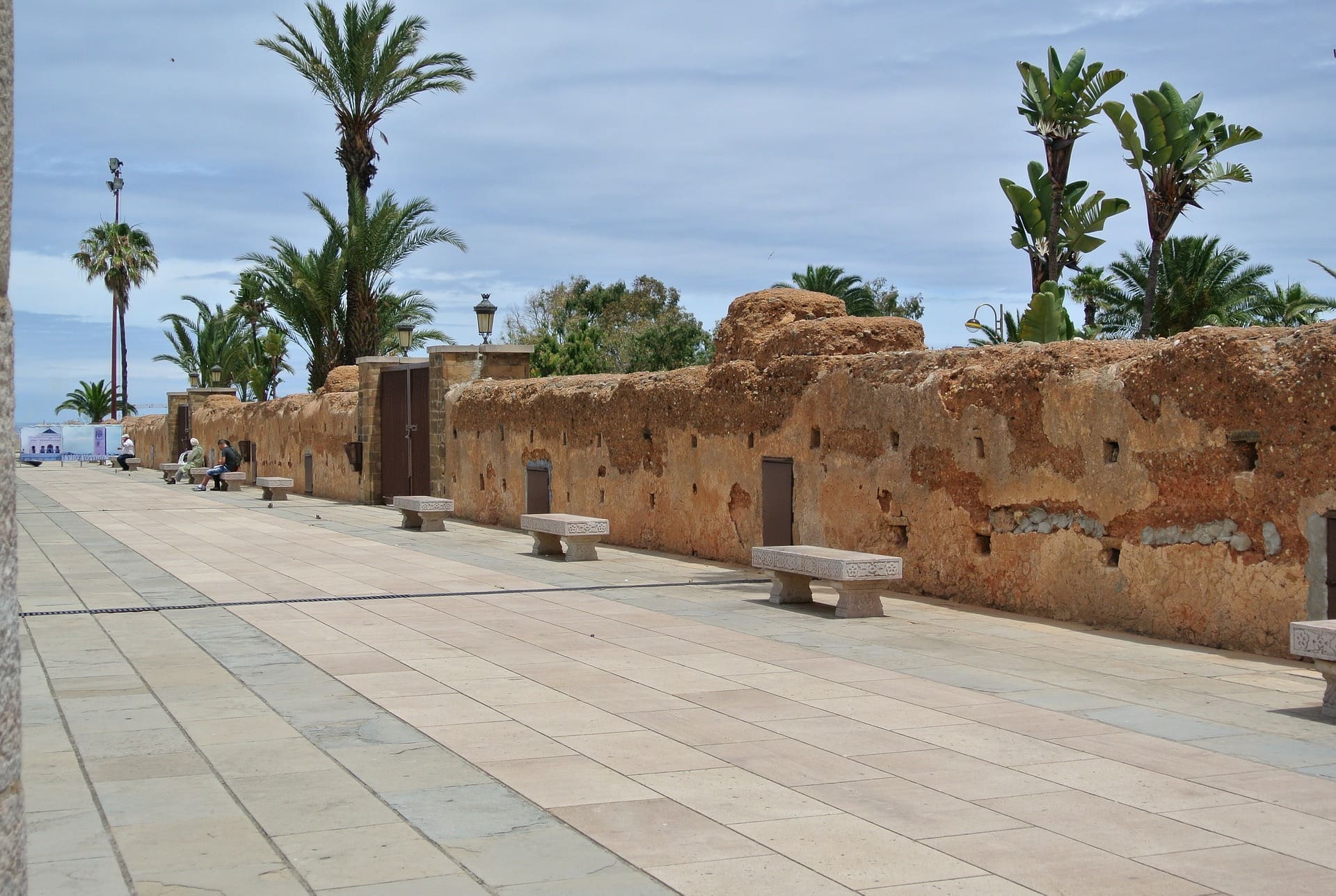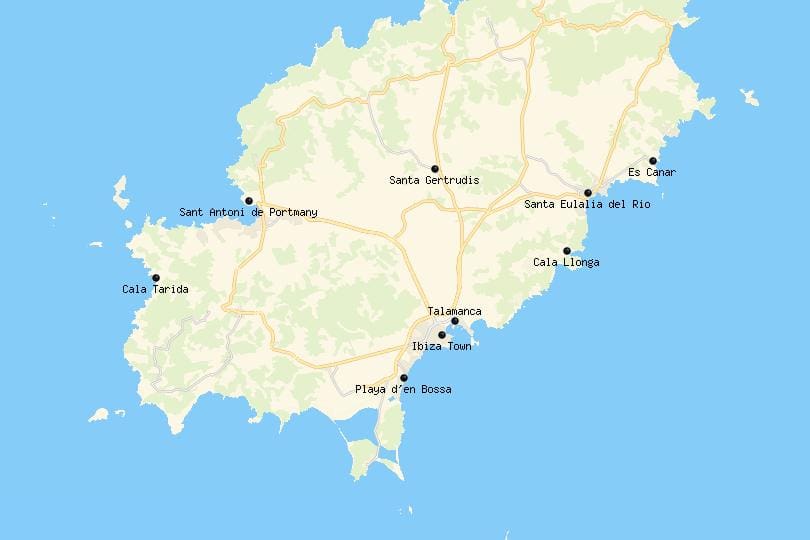Medicare provides essential healthcare coverage for individuals aged 65 and older, as well as certain younger individuals with disabilities. One crucial component of Medicare is the Prescription Drug Plan, also known as Medicare Part D. This program helps beneficiaries afford the cost of prescription medications, ensuring they can access the medications they need to maintain their health and well-being. However, some individuals may find that even with Medicare Part D, the costs of prescription drugs can still be a financial burden. In such cases, there are additional resources available to provide extra help with Medicare Prescription Drug Plan costs.
Medicare Part D Overview
Before exploring the extra help options, it’s important to understand Medicare Part D. This program is designed to assist Medicare beneficiaries in covering the costs of prescription drugs. It operates through private insurance companies approved by Medicare, and beneficiaries can choose from a range of plans based on their needs. Medicare Part D provides coverage for a wide range of prescription medications, including both brand-name and generic drugs.
To enroll in a Medicare Prescription Drug Plan, individuals must be eligible for Medicare and meet certain enrollment requirements. Medicare Part D offers significant benefits, including access to a wide range of medications, protection against high drug costs, and peace of mind knowing that necessary prescriptions are covered.
Understanding Prescription Drug Plan Costs
Medicare Part D coverage includes various costs that beneficiaries should be aware of. These costs can include monthly premiums, deductibles, copayments or coinsurance, the coverage gap (also known as the donut hole), and catastrophic coverage.
Monthly premiums are the regular payments made to the insurance company to maintain coverage. Deductibles are the initial amount beneficiaries must pay out-of-pocket before the insurance coverage begins. Copayments or coinsurance are the amounts beneficiaries pay for each medication they receive, usually a percentage of the drug’s cost. The coverage gap, or donut hole, is a temporary limit on what the Medicare Prescription Drug Plan will cover, resulting in higher out-of-pocket costs. Catastrophic coverage kicks in after the beneficiary has reached a certain threshold of out-of-pocket expenses, reducing their costs significantly.
Extra Help Program
For those facing financial challenges with Medicare Prescription Drug Plan costs, the Extra Help program provides additional assistance. The Extra Help program, also known as the Low-Income Subsidy (LIS) program, is administered by the Social Security Administration (SSA). It helps eligible Medicare beneficiaries pay for their prescription drug costs, including premiums, deductibles, and copayments.
To qualify for Extra Help, individuals must meet certain income and resource limits. The program takes into account both income and assets to determine eligibility. The benefits of the Extra Help program can be significant, ensuring that individuals with limited financial resources can access the medications they need without undue burden.
Applying for Extra Help
Applying for Extra Help is a straightforward process. The Social Security Administration offers an online application on their website, or individuals can apply in person at their local Social Security office. The application requires information about income, resources, and current medications. Applicants may also need to provide supporting documentation, such as tax returns or bank statements.
The Social Security Administration reviews the application and notifies individuals of their eligibility status. If approved, the Extra Help program begins, providing beneficiaries with the necessary financial assistance to cover their prescription drug costs. It’s important to note that eligible individuals can apply for Extra Help at any time during the year.
State Pharmaceutical Assistance Programs (SPAPs)
In addition to the Extra Help program, many states offer State Pharmaceutical Assistance Programs (SPAPs) to assist residents with prescription drug costs. SPAPs vary by state but generally provide additional coverage or financial assistance to individuals who meet specific eligibility criteria. These programs are designed to complement Medicare Part D and help further reduce out-of-pocket expenses.
To determine eligibility for SPAPs, individuals should check with their state’s Department of Health or Aging. Eligibility requirements may include income limits, residency, and participation in Medicare Part D. Applying for SPAPs often involves submitting an application and providing relevant documentation.
Other Assistance Programs
Beyond the Extra Help program and SPAPs, there are other resources available to help individuals with prescription drug costs. Nonprofit organizations and foundations may offer assistance programs that provide financial aid or access to discounted medications. Patient assistance programs (PAPs) sponsored by pharmaceutical companies can also provide assistance to individuals who meet specific criteria. These programs often offer free or discounted medications directly from the manufacturer.
Additionally, some pharmaceutical companies offer patient assistance programs that provide discounts or subsidies for specific medications. These programs can be valuable for individuals who require costly medications for chronic or rare conditions. It’s important to research and explore these various assistance programs to find the best options for individual needs.
Tips for Reducing Prescription Drug Costs
Apart from assistance programs, there are several strategies individuals can employ to reduce prescription drug costs. One effective approach is to consider generic medications or therapeutic alternatives, which can offer the same efficacy as brand-name drugs at a lower cost. It’s also essential to compare drug prices among different pharmacies and consider utilizing mail-order pharmacies, which often offer lower prices and convenient home delivery.
Prescription discount cards can be another useful tool in reducing medication costs. These cards, which are available through various organizations, provide discounts on prescription medications at participating pharmacies. By presenting a prescription discount card, individuals can save a percentage or fixed amount on their medication costs.
Medicare Savings Programs (MSPs)
Medicare Savings Programs (MSPs) are another avenue for assistance with prescription drug costs. MSPs help individuals with limited income and resources cover their Medicare premiums, deductibles, and copayments. These programs are administered by the state and offer different levels of assistance, depending on the individual’s income and assets.
To qualify for MSPs, individuals must meet specific income and resource limits, which vary by state. Eligibility is typically based on the federal poverty level guidelines. MSPs can provide significant financial relief, ensuring that individuals can afford their Medicare expenses, including prescription drug costs.
Conclusion
Managing prescription drug costs can be challenging, but several resources and assistance programs are available to help alleviate the financial burden. Medicare beneficiaries can explore options such as the Extra Help program, State Pharmaceutical Assistance Programs (SPAPs), patient assistance programs, and Medicare Savings Programs (MSPs). Additionally, employing strategies like comparing prices, considering generics, and utilizing mail-order pharmacies can further reduce prescription drug costs. By taking advantage of these resources and implementing cost-saving measures, individuals can access the medications they need while maintaining their financial well-being.
FAQs
- Can I change my Medicare Prescription Drug Plan during the year?
- Yes, you can change your Medicare Prescription Drug Plan during the Annual Enrollment Period, which typically runs from October 15 to December 7 each year.
- How can I find out if I qualify for the Extra Help program?
- You can determine your eligibility for the Extra Help program by visiting the Social Security Administration’s website or contacting your local Social Security office.
- Are all prescription drugs covered by Medicare Part D?
- Medicare Part D covers a wide range of prescription drugs, but not all medications may be included. It’s essential to review the formulary of your chosen plan to ensure your specific medications are covered.
- Can I receive assistance with prescription drug costs if I have private insurance?
- In some cases, individuals with private insurance may still be eligible for certain assistance programs or discounts. It’s advisable to explore available resources and consult with your insurance provider to understand your options.
- Are there income limits for the Medicare Savings Programs?
- Yes, income limits for Medicare Savings Programs (MSPs) vary by state and are based on the federal poverty level guidelines. It’s important to check the specific income limits for your state when applying for MSPs.















